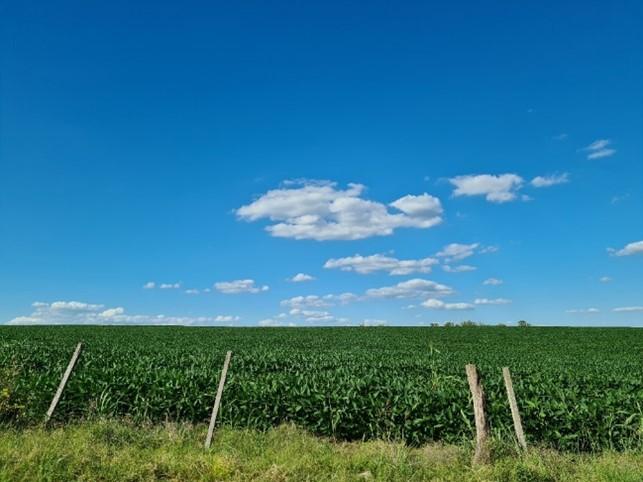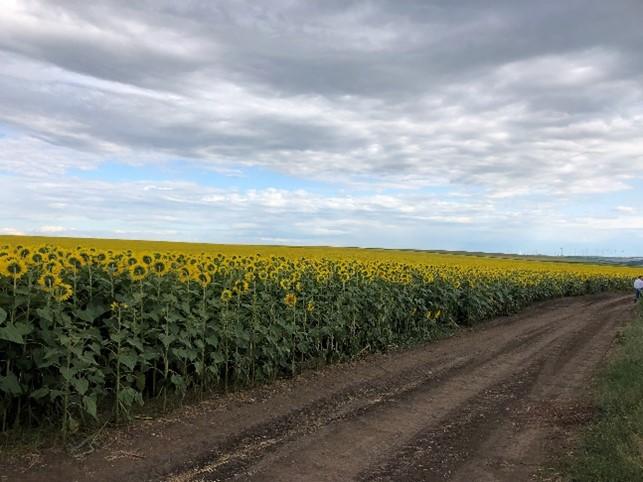Agricultural Investments: Opportunities and Returns in a High-Growth Market
Investments in Agricultural Land: Portfolio Diversification and a Stable Source of Returns
The reason for the rising interest is, not least, the achievable returns, which have averaged in the mid to high single digits globally over the past two decades.
The world population is steadily growing, having surpassed the eight billion mark according to United Nations data in 2022. This increase drives the demand for food and agricultural raw materials, while the available arable land is shrinking due to climate change, soil erosion, and urbanization. These opposing megatrends make agricultural land an increasingly scarce and valuable asset, keeping the prospects for attractive returns stable.
This alternative asset class is primarily utilized for portfolio diversification, as it exhibits low correlation with traditional asset classes, thereby reducing the overall risk of a portfolio. Historically, agricultural investments have proven to be stable investments, independent of geopolitical crises and economic downturns. In the current inflationary market environment, investors also benefit from rising prices for agricultural raw materials, which correlate with land prices. The aforementioned characteristics make agricultural investments particularly interesting for long-term oriented investors who seek value preservation as well as a decent return.
Complexity and Market Access: Challenges in Agricultural Land Investments
While acquiring shares of seed or fertilizer producers, agricultural machinery manufacturers, or food producers on the stock market is relatively straightforward, investing in agricultural land is often more complex. Unlike in the USA, where the agricultural market is easily accessible and transparent through publicly listed REITs (Real Estate Investment Trusts), access in Europe or emerging markets is typically limited to a small circle of investors and requires a suitable network and expertise.
The barriers to entry in a new investment country can be quite high, as can the associated costs. Therefore, pooling investment interests can be a sensible strategy. Additionally, employing experienced asset managers can provide a fast and efficient market entry.
Agricultural Investments in Uruguay and Romania: Secure Locations with Stable Conditions
Agricultural investments are associated with specific risks, such as climate change, political uncertainty, regulatory risks, and price volatility in agricultural markets. Therefore, the choice of investment location and the structure of the investment are crucial factors for the risk-return profile of agricultural investments.
Looking at the world map, five regions can be identified that offer attractive conditions for agriculture. These include continental Europe, parts of the US, New Zealand, smaller areas of Australia, and certain regions of South America and Asia. However, prices can vary significantly worldwide. In established markets, it is becoming increasingly difficult to find profitable opportunities, while emerging markets often present very attractive price levels.
It is essential to consider not only the suitable agricultural conditions but also the legal and economic framework of the respective investment location. Security of property rights, free capital movement, and unrestricted acquisition by foreign investors must play a decisive role in the site selection and should be compared with local hectare prices. This requires an in-depth analysis of the aforementioned risks.
For example, investing in prime farmland in Argentina does not seem opportune, as the country struggles with high taxes, capital controls, and a politically unstable situation that has persisted for decades. Countries like Romania and Uruguay, however, offer the best conditions for agricultural investors. Both locations impress with features such as property security through an existing land registry system, a reliable legal framework, equal treatment of domestic and foreign investors, political and economic stability, as well as free capital movement.




